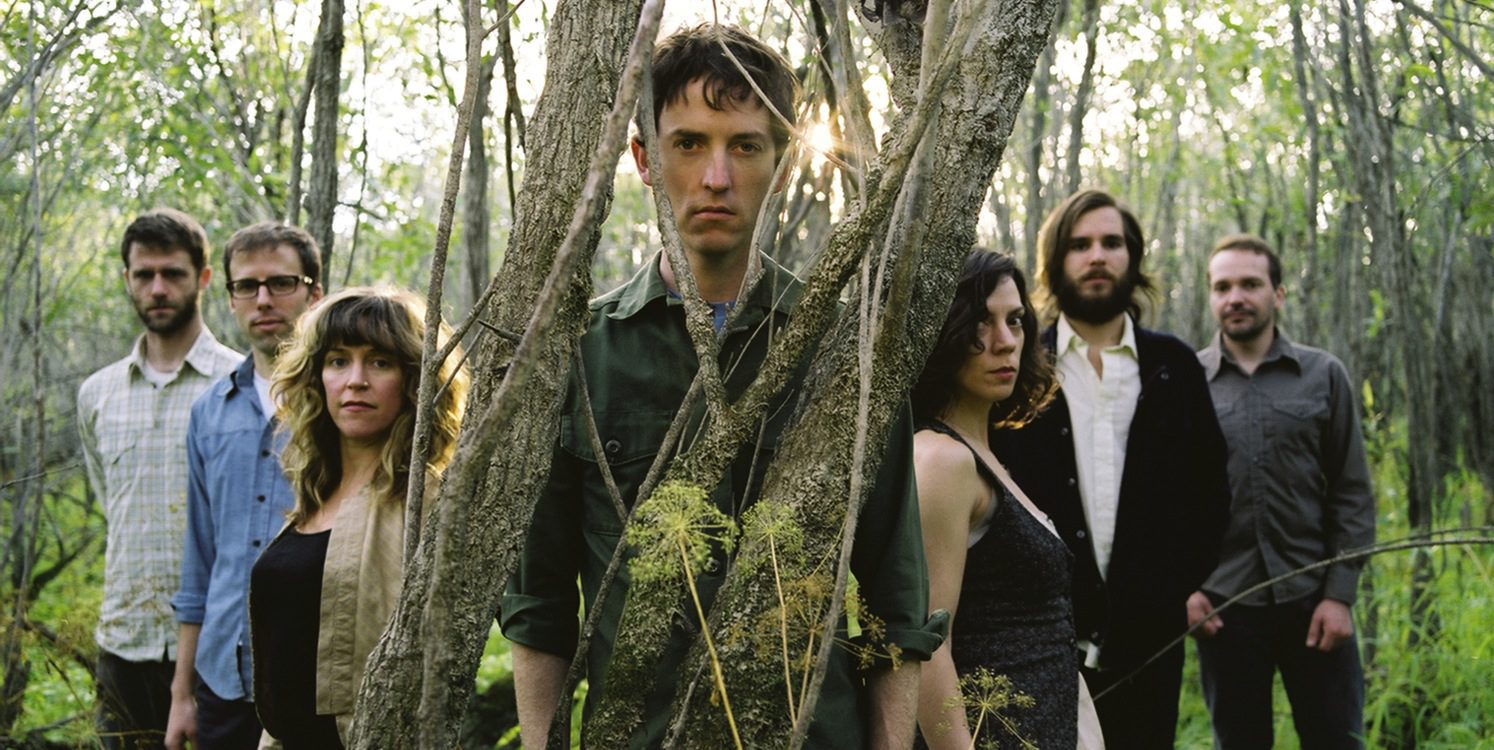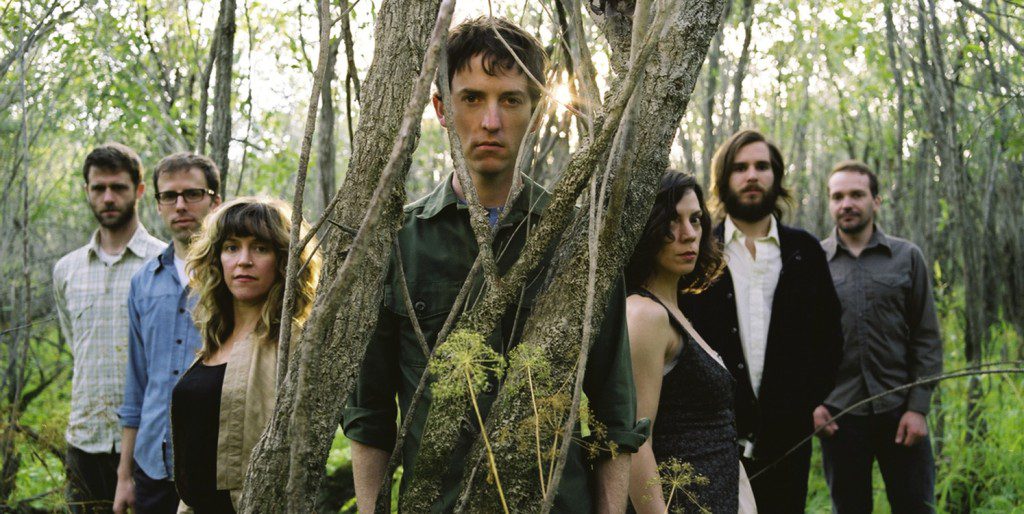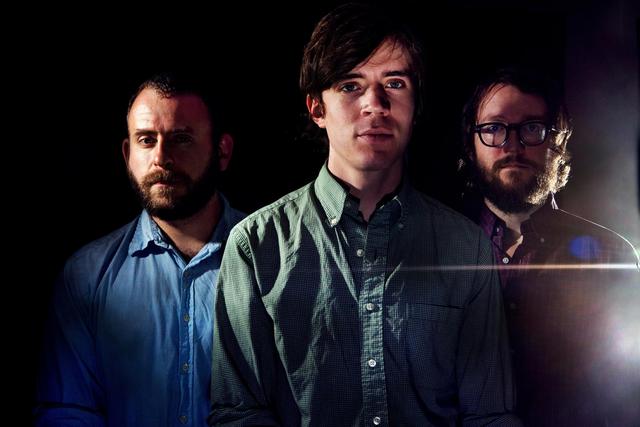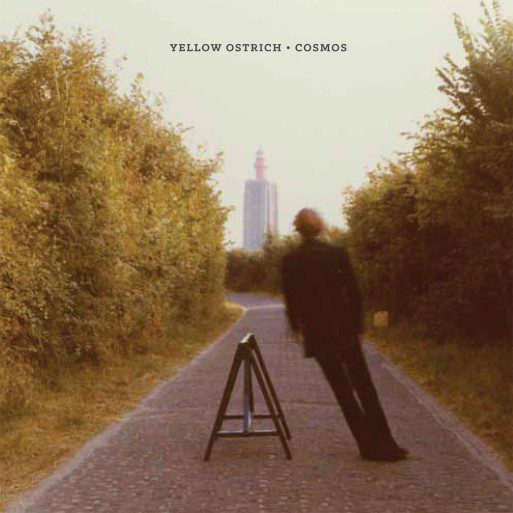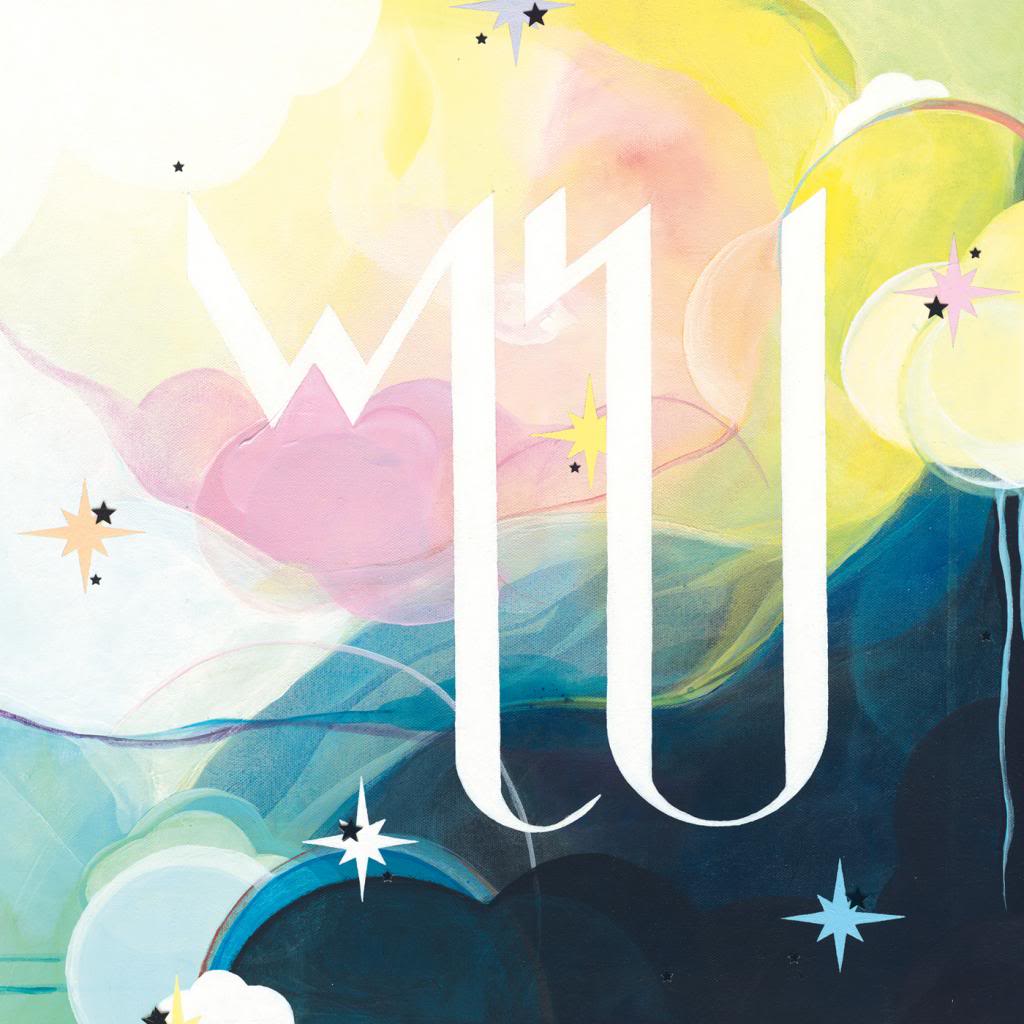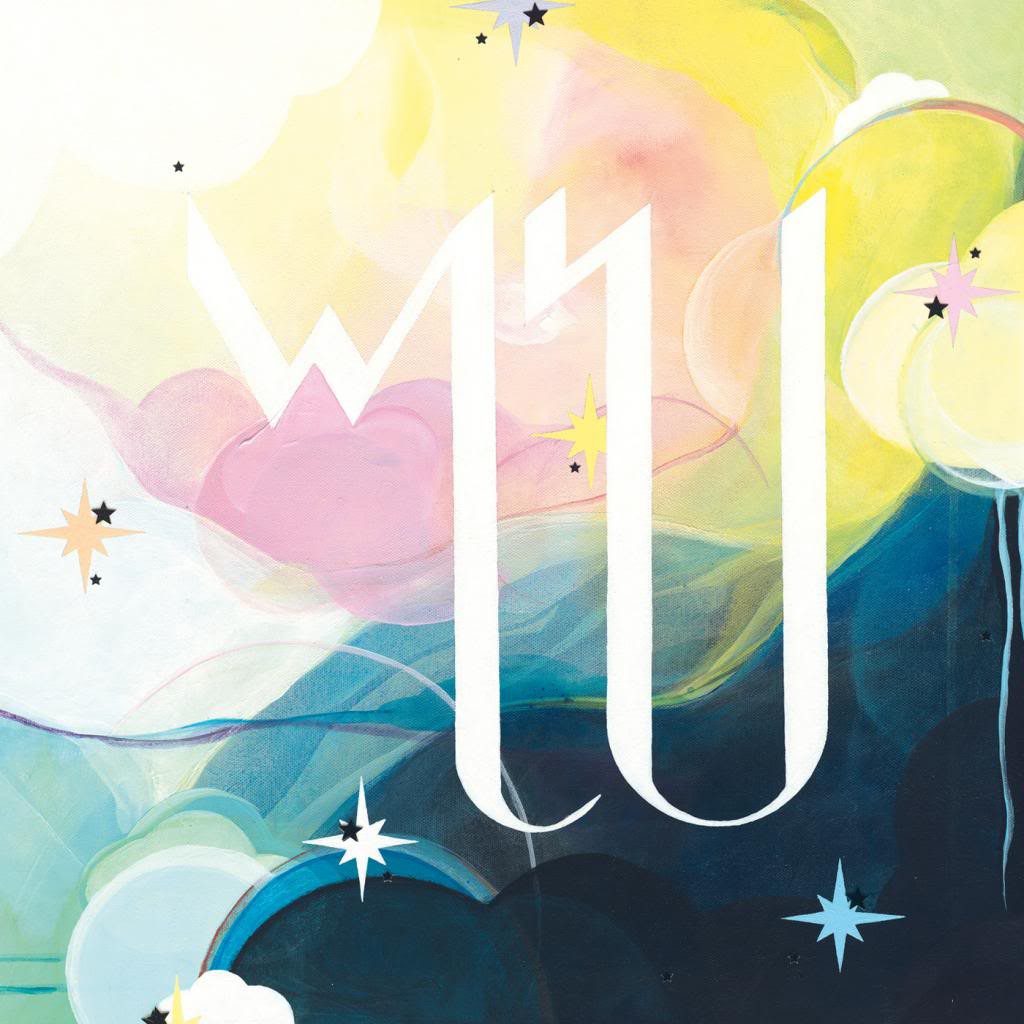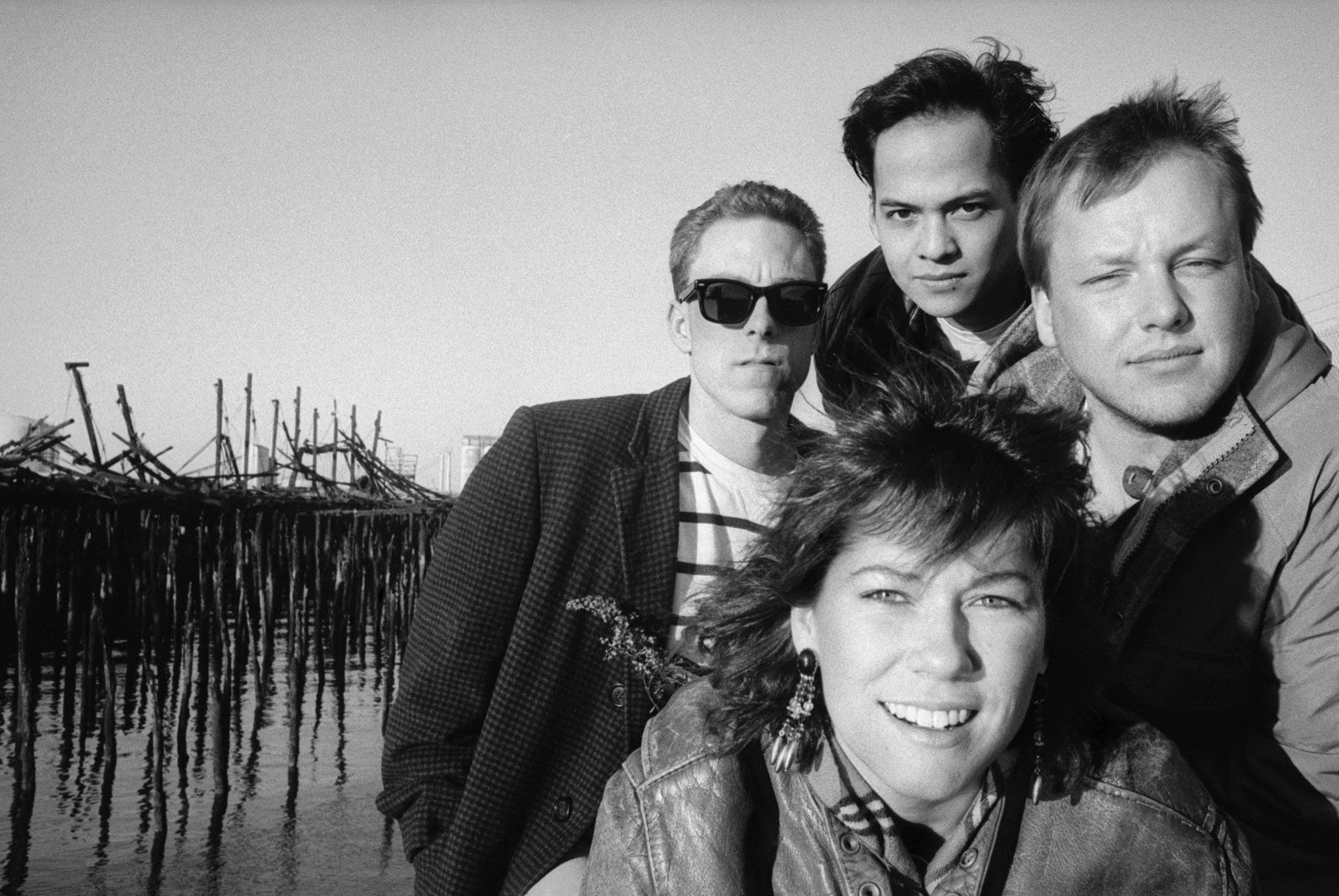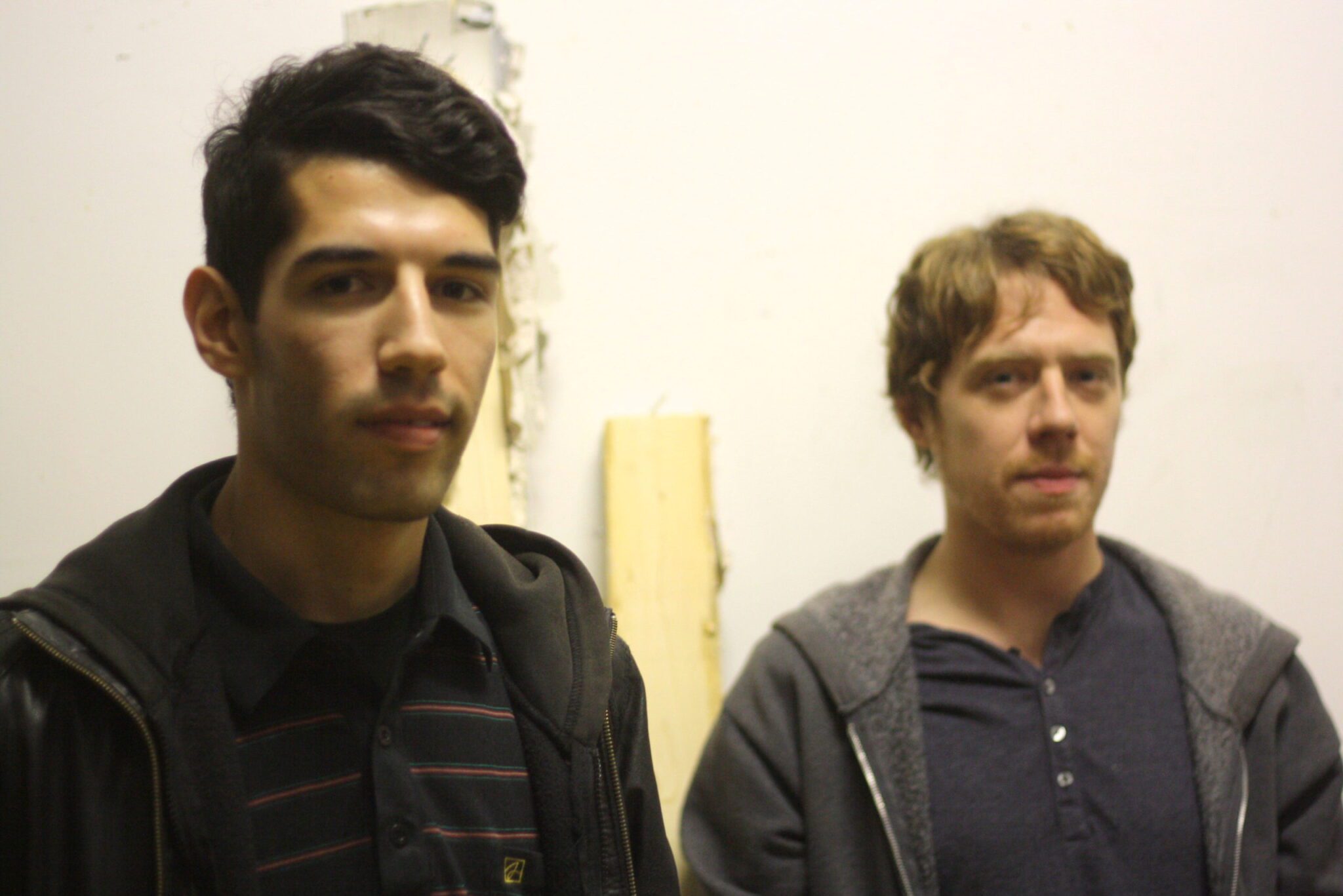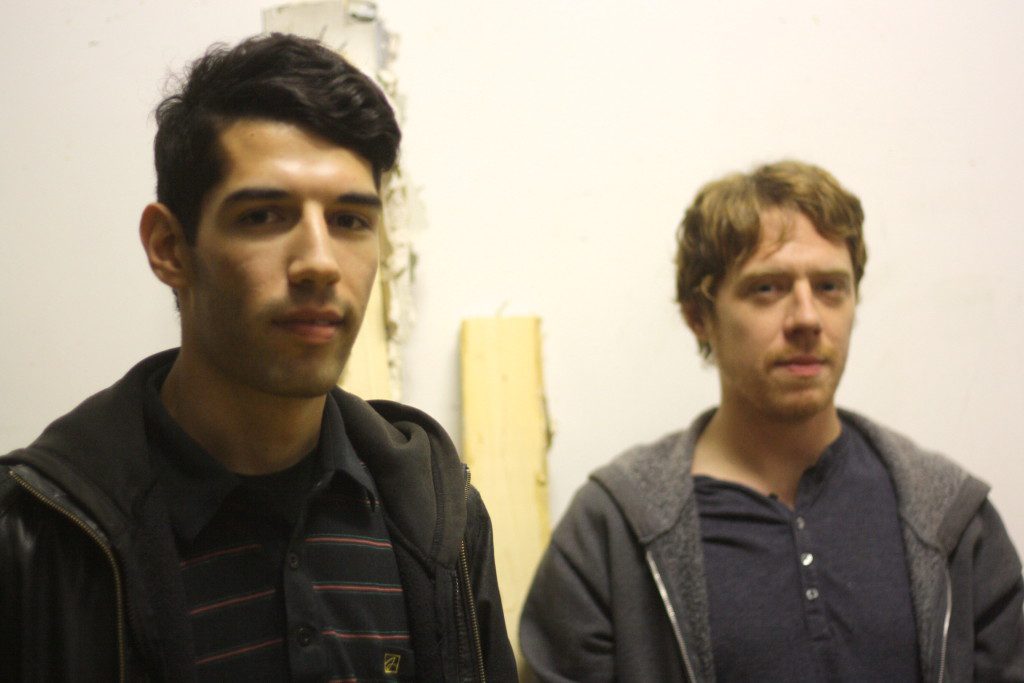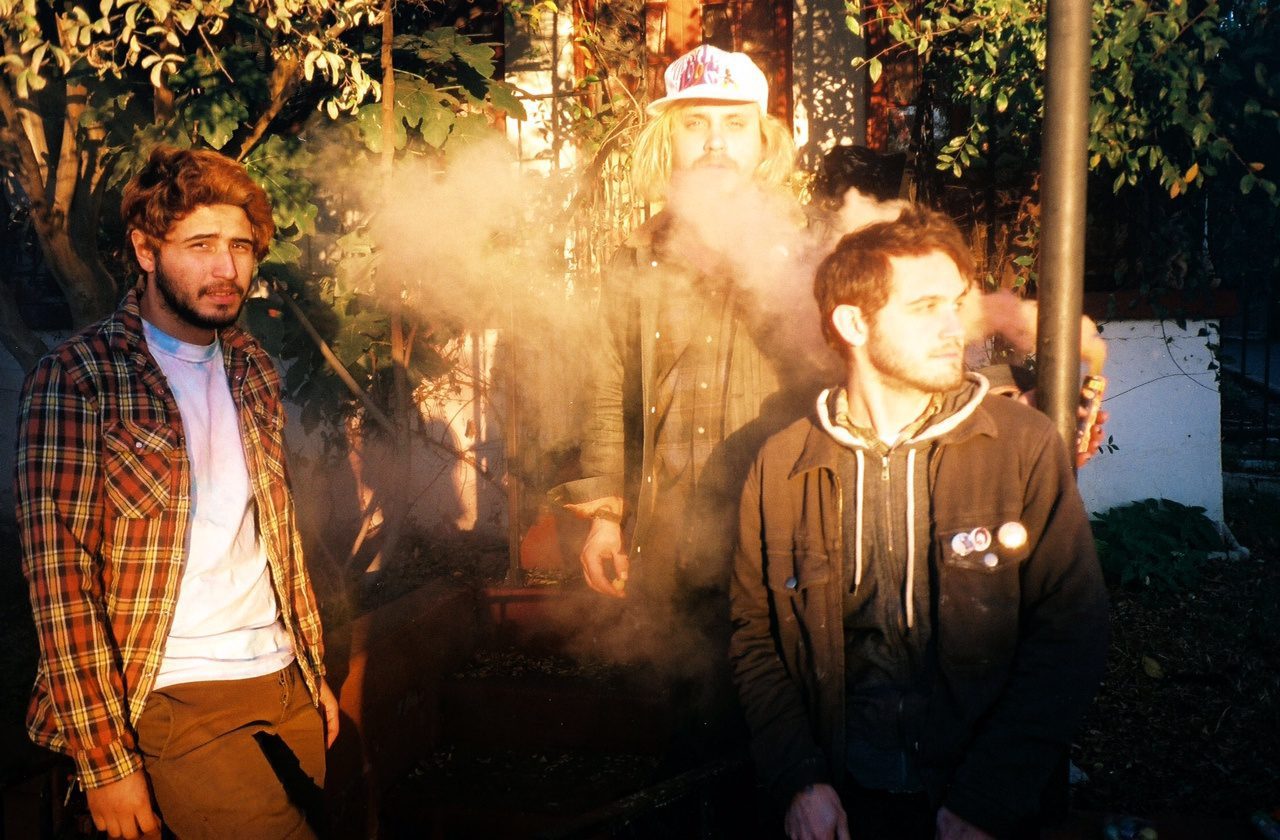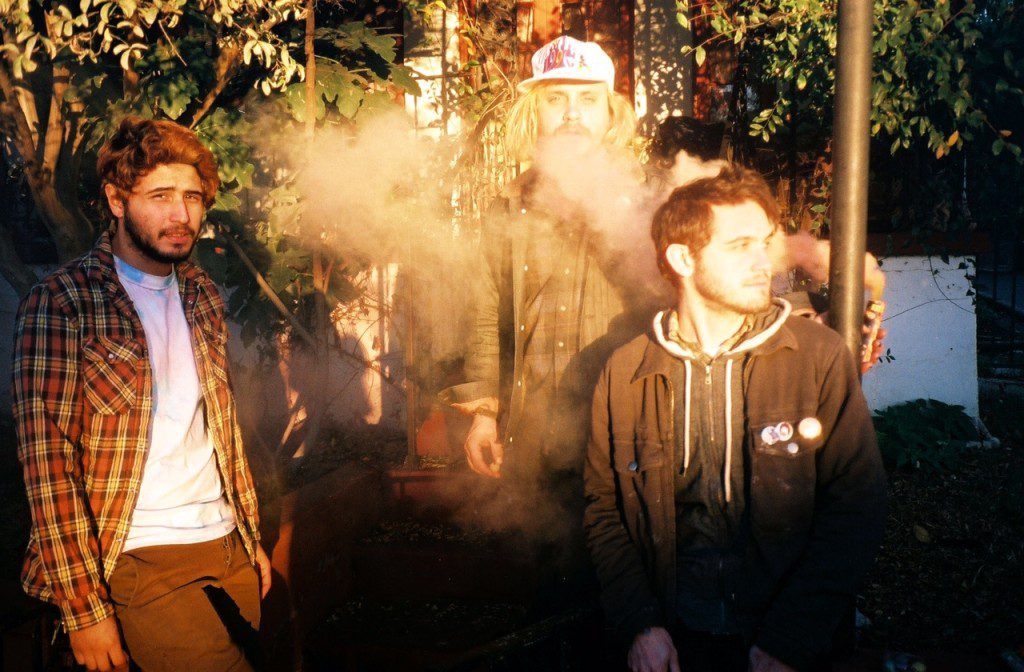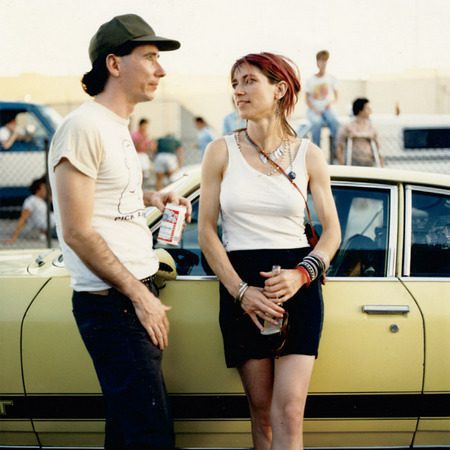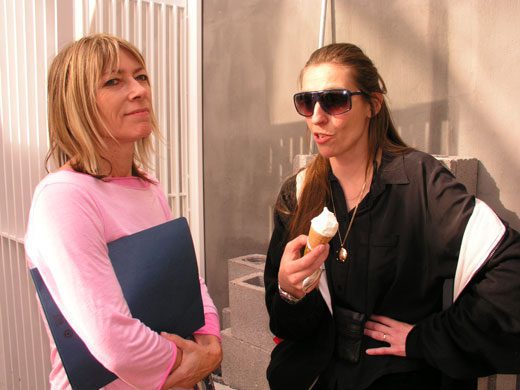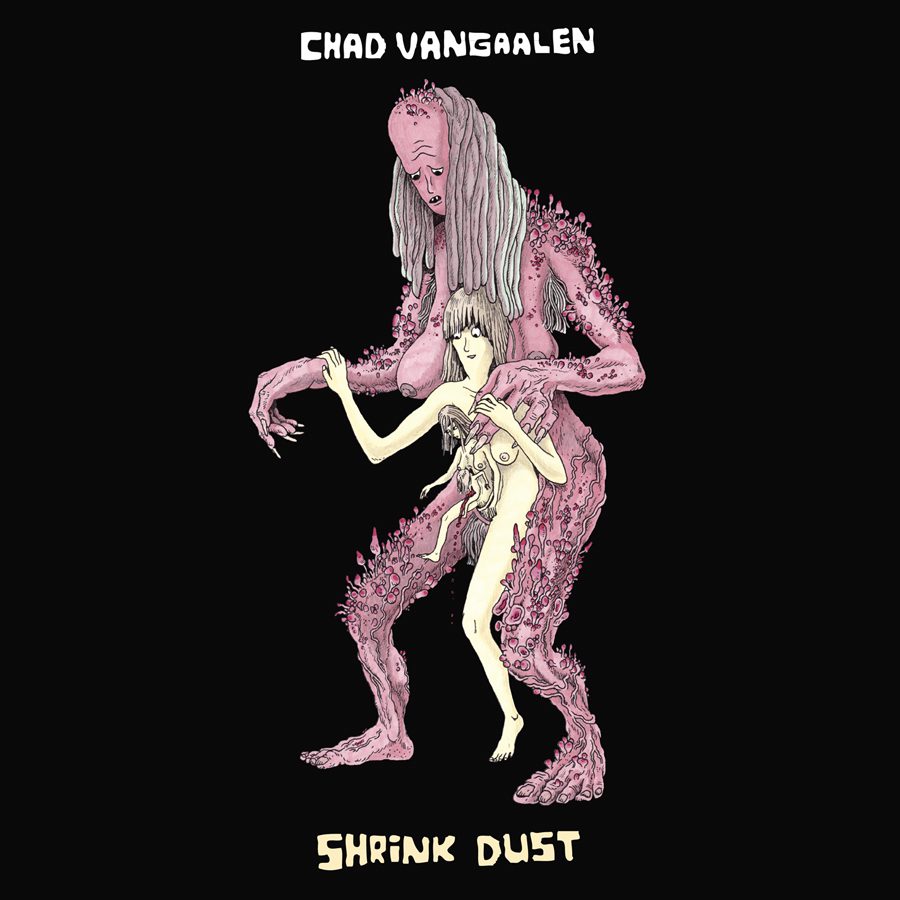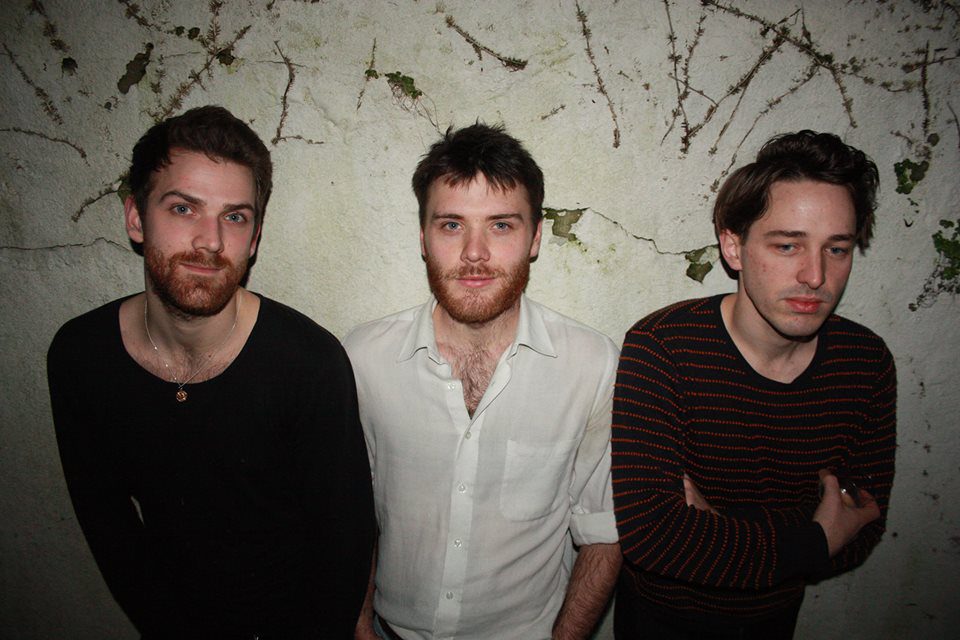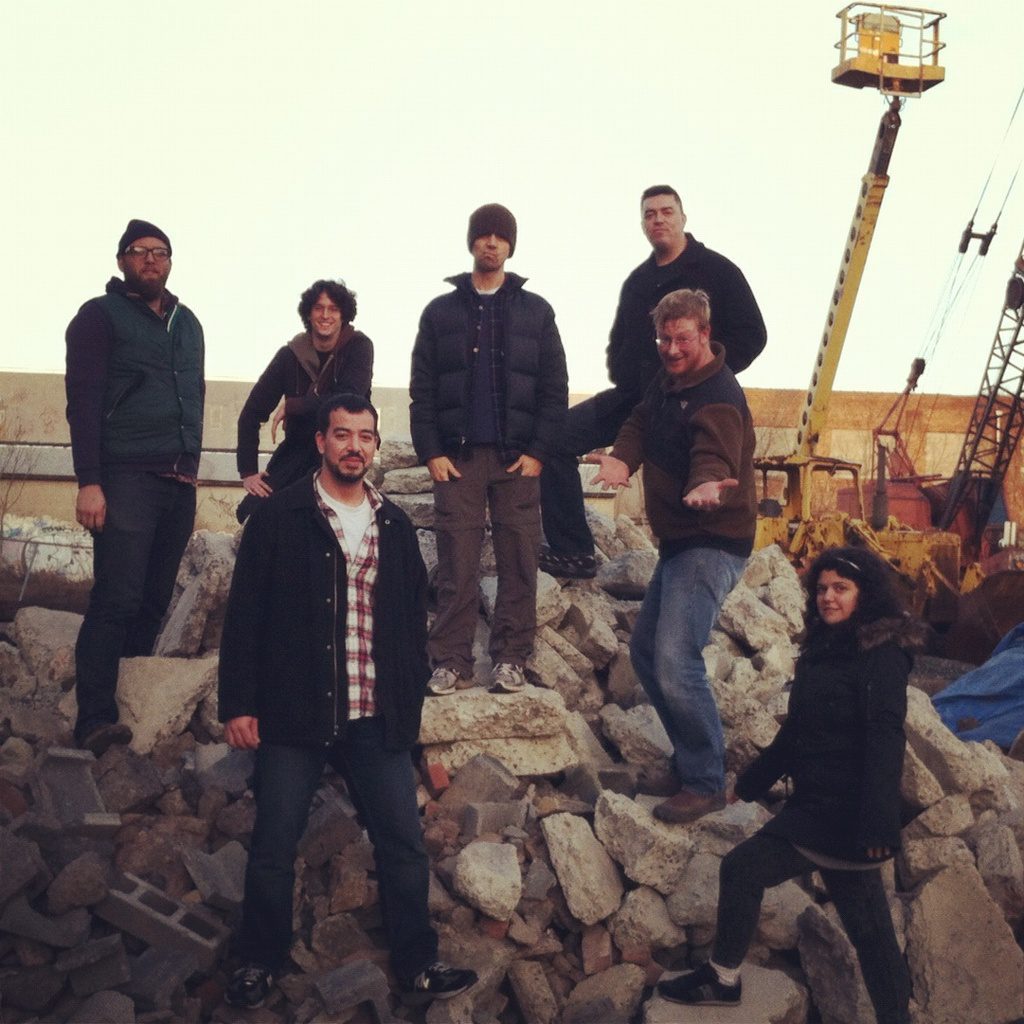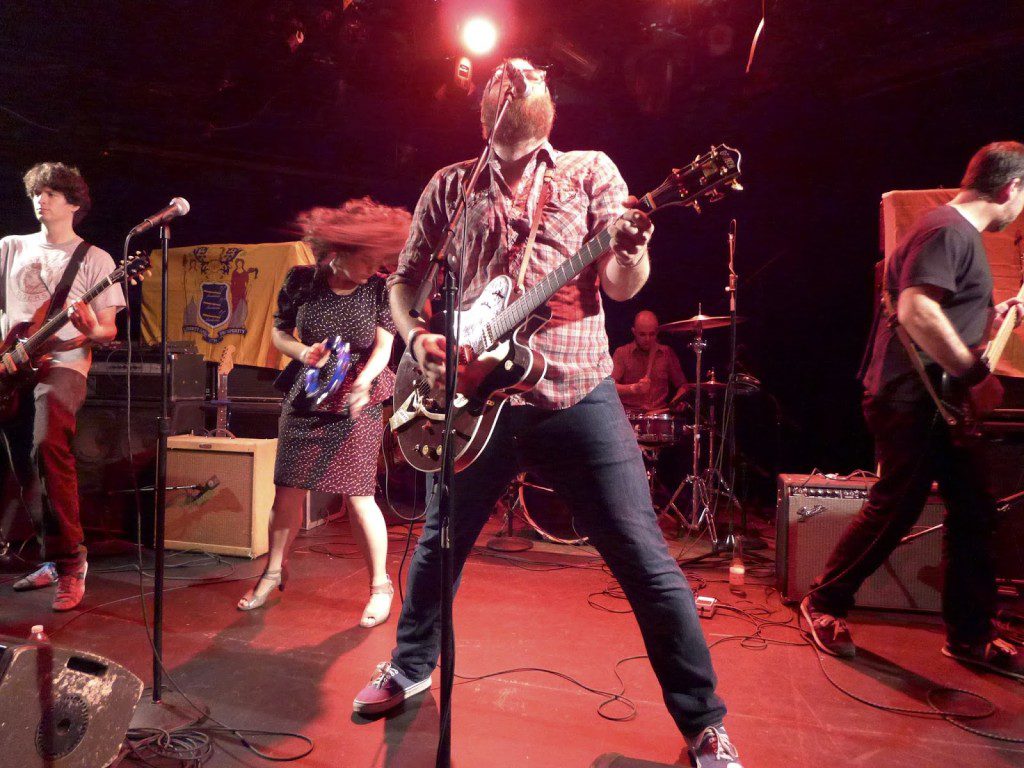
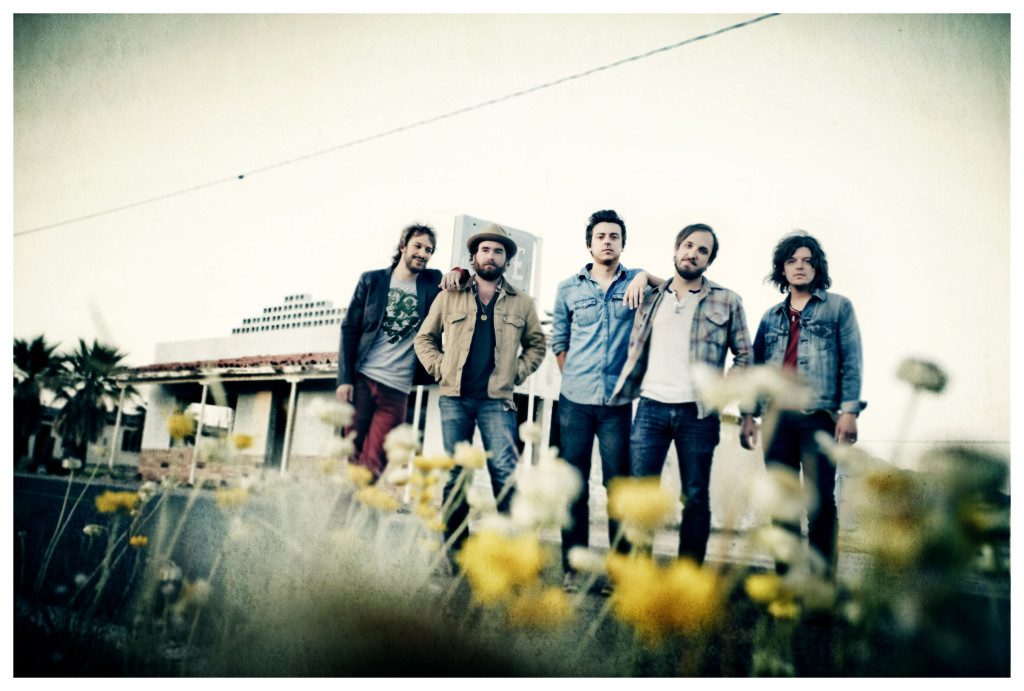
The Wild Feathers kicked off their 2014 tour in Texas. But they’ll soon be making their way up the East Coast to Washington D.C., New York, Boston and even Montreal. This “four-headed monster” of a southern rock band takes inspiration from all across the musical spectrum. They released their debut album The Wild Feathers in 2013. With four musicians who all at one time fronted their own bands, we were curious about The Wild Feathers’ musical process. We caught up with Joel King to discuss collaborating, tradition and the most interesting cities to perform in.
AF: I’ve heard your band described as very “American” – what does that mean to you? Is that something you strive for? Or is it an expectation you have to live up to?
JK: Well, it just really means the music, the style – blues, country, folk, these all started in America. I guess it’s just the style of music that we come from. It’s the way we were raised. It’s taking emotion from every style in America and putting it all together. We take from country songs with great stories and lyrics and from blues songs with great rhythm and feeling. I think that’s what American music is: the story of cultures coming together.
We’re just a product of where we come from. We didn’t really choose it or set out to write this kind of music. This is what came naturally to us and what feels good.
We have different voices, we each do our own thing in the band, and this is really the only way of bringing them together. I love a good blues song, but I also love a good, sad country song. So, we try to do a little bit of everything. Maybe that’s why it’s such “American” rock and roll.
AF: What’s the process behind the songwriting? Is it always combination effort or do you each get your “own” song on occasion?
JK: It comes together in a whole bunch of different ways. We really try to make the best sound possible. One of the best songs we have we all wrote together and that’s one of the real “Wild Feathers” songs. But there have been a few times where someone will bring a song and it’s totally done. That’s perfect. There’s nothing more to work on. Some of the best songs are also ones we come together with mutual feelings about. It’s always changing, though, always a little bit different.
We always try to go with what feels and sounds the best. We’re not like the Beach Boys, where we can do all these crazy harmonies, we’re more like the Beatles, you know, sometimes they’d just sing the same part, but it sounded really great.
The truth is we don’t sing harmonies very well at all. But we like singing together. If we actually land on a harmony then we’re real proud of it.
AF: Do you think that storytelling plays a part in your music? I know classic rock is an influence, but what about folk music?
JK: Lyrically, I would say it changes on a song by song basis. I still don’t know what “Free Falling” is about, but I fucking love that song. I mean there are songs like that, which are just images or overall premises where the words just fit with the music. Then, some are just straight up stories of heartbreak or something like that. But I really try to make the lyrics fit the song. If it’s really slow the words should make more obvious sense, but if it’s faster you can kind of say whatever you want. But most of the time we try to write to the music.
AF: Speaking of the classic rock influence, I’m really interested in this idea of “preservation” when it comes to the classic tradition. You guys mention it on facebook with the addendum of “evolution”. I definitely hear some contemporary quality to your music and I think that’s what makes it stand out. But the process of blending – preserving, while evolving – sounds really complicated..
JK: We don’t really know. We try to break it down for other people in interviews and things like this. But we love classic rock, we love jamming, and just doing what bands do. We have goals within the group to push ourselves, but as far as doing anything else I don’t know – we have to push ourselves to become better and anything, but we move wherever the music takes us. Who knows what the next record will sound like.
Right now, we sound the way we do because that’s who we are. We didn’t set out to bring anything back or set anything forward. But people say that all of the time. It’s just natural. We all play in certain ways and when it comes together it sounds different and new. We’ve all done our own solo projects and we knows what we can do on our own, not what we can do together.
AF: So maybe not that complicated. . Four of you were lead singers before coming together as The Wild Feathers – I’m not asking about egos, I know that you guys get along really well – but do you think having the four of you ensures that you’re pulled in different directions?
JK: Yeah. That’s why we did it. When we first played a few songs together we were like: “Oh my god, this is going to work out.” It was really new and none of us had ever done anything like it before. Sometimes you have to force it out when you’re working solo – I have to write a song, I have to do this or that. With the band it’s almost a sweet surprise. When you’re working on a tune and someone chimes in with something great, you’re always thoroughly excited and impressed.
After we first started jamming we realized this band might be fucking great! So, we just moved on it, trying to find a good label and management.
AF: I read that you got to hang out with Paul Simon a lot – that must have been really incredible!
JK: Yeah, that was our first really big tour. It was intimidating. But it was a blast. He sounds unbelievable. A lot of older guys sound different. We got to open for Bob Dylan which is a lifelong dream, but the difference between Dylan and Simon is Paul Simon always sounds spot on. Dylan is always morphing and evolving, I don’t know if he’s the same person he used to be, or even the same person he was two years ago. Paul Simon is pro all the way. His voice is amazing.
AF: What are some of your favorite contemporary artists?
JK: My Morning Jacket, Wilco, Ryan Adams, Jack White, the Black Keys, Kings of Leon, Band of Horses. I’m a big fan of just guitar, bass, and drum rock and roll. There’s also Foo Fighters. I still haven’t met Dave Grohl. That’s on the list.
AF: What are some of your favorite cities to play in? Do crowds receive you, specifically your music, differently in different parts of the US?
JK: In different parts of the country there are diverse crowds for us. As far as having fun: we’ve only played twice in the DC Area at the 930 Club, but that’s probably one of my favorite places. It’s great. DC is really a brand new one. I love that.
New York City’s always good, too. The shows are amazing. But just getting in and out of the city with all of our gear is a pain in the ass.
We’ve played Boston a few times. The whole East Coast is cool for us because we don’t get up there too often. Actually, both of the coasts are really fun. We’ve toured throughout the South and the Midwest, even with our old bands. So, when we get out West we love the scenery and the whole vibe out there. The East Coast is all new to us. We don’t know too many people on those coasts so we can really get involved, let loose, and have a good time.
The Wild Feathers are playing a sold out show, tonight at Mercury Lounge in NYC. Until then, Check out their video for “The Ceiling”, off their debut album:
